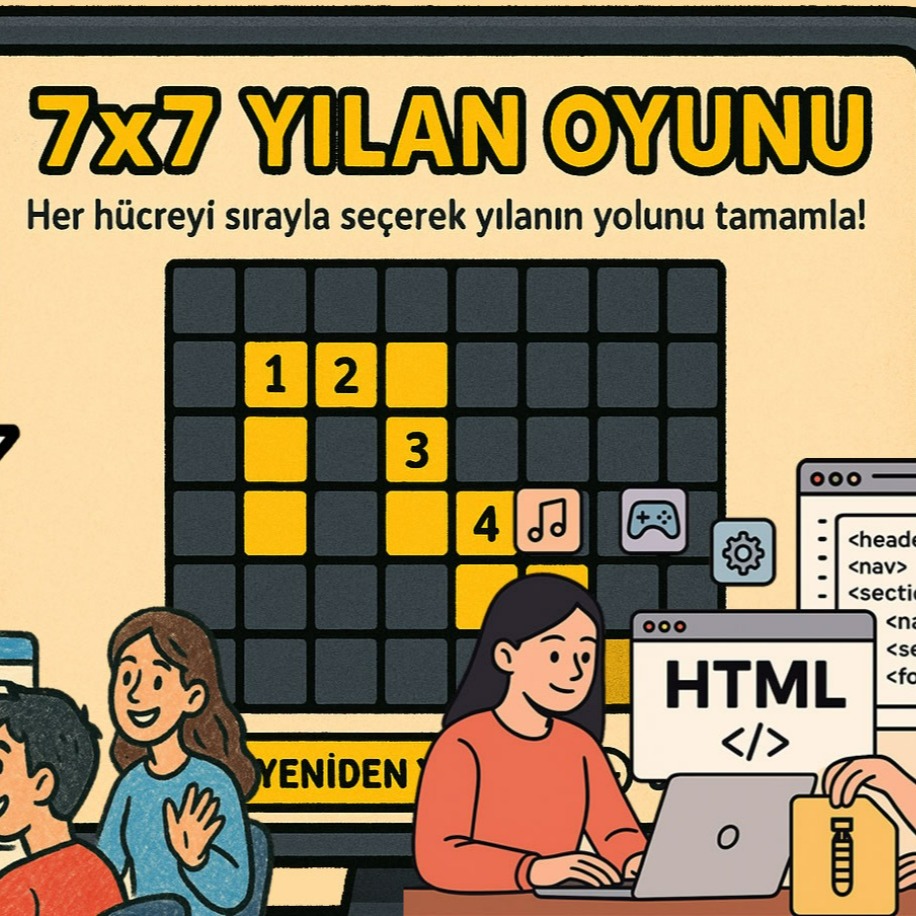ONLARCA KATEGORİ – YÜZLERCE TEK SAYFALIK KOD!
Artık PC masaüstünde tek tıkla açabileceğiniz index.html dosyalarıyla sınırsız bir dijital kütüphaneye sahip olabilirsiniz. Her dosya, HTML, CSS ve JS’in en temel ve ileri düzey özelliklerini içerir; böylece hem öğrenebilir hem kendi projelerinizi geliştirebilirsiniz.
Dosyalar, interaktif ve anlık çalışabilen tarayıcı tabanlı editörlerle uyumlu şekilde hazırlanmıştır. Tek bir tıkla açın, değişiklik yapın, stil ve fonksiyonları özelleştirin. Bu sayede kodları incelemek ve modifiye etmek hiç bu kadar kolay olmamıştı.
Onlarca kategori ve yüzlerce tek sayfalık proje arasında gezinirken, web tasarımının temelinden ileri düzeye kadar her şeyi keşfedin. Öğrenmek, denemek ve yaratıcı fikirlerinizi hayata geçirmek artık tamamen sizin kontrolünüzde!










